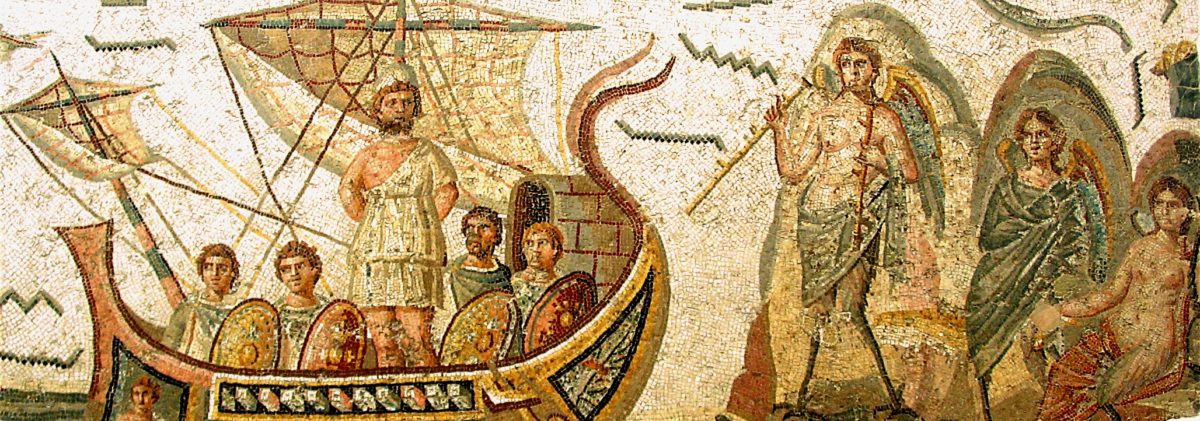It is extremely common for modern people to misidentify ancient portraits of random people as portraits of famous people. This is partly because many famous authors and historical figures who lived in the ancient world have no surviving portraits and people are eager to find images to represent them. This is especially often the case for ancient women. I will confess that I am partly guilty of this myself; I couldn’t find any decent images to represent Pamphile of Epidauros in my article I wrote about her back in July, so I used a photo of a bust of an unidentified woman in the National Archaeological Museum in Athens, paired with a photo of the Ancient Theatre of Epidauros, in an effort to the represent the idea of an ancient Greek woman from Epidauros.
In this article, there is one particular ancient portrait that is especially widely misidentified as a portrait of a famous woman that I want to discuss. The portrait in question is a fresco. It depicts a woman with short, curly brown hair, a gold hairnet, gold earrings, and clothes that are dyed purple and green. She gazes directly at the viewer, holding a set of wax tablets bound with ribbons in her left hand and pressing a writing stylus to her lips with her right hand as though she were in thoughtful contemplation. It dates to between c. 50 and 79 CE and was discovered on 24 May 1760 in the Insula VI region of the ancient Roman city of Pompeii.
Classical scholars immediately began to speculate that the fresco might be a portrait of the ancient Greek lyric poet Sappho of Lesbos (lived c. 630 – c. 570 BCE), who is best known today for her poems about love and attraction between women and whose home island is the source for the contemporary word lesbian. (Whether Sappho herself was actually a lesbian is a subject I address in depth in this article I published in August 2021.) The fresco is currently held in the Naples National Archaeological Museum on the first floor in room seventy-six. It is still widely admired as a remarkable portrait of a literate ancient woman. Although the fresco is still widely circulated online as a supposed portrait of Sappho, art historians now generally agree that it actually depicts an unknown upper-class Pompeiian woman.
Continue reading “Why That Fresco from Pompeii Isn’t Sappho”










